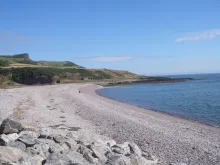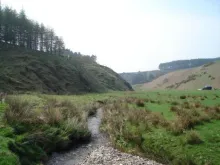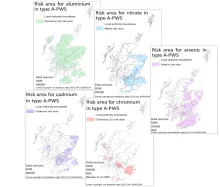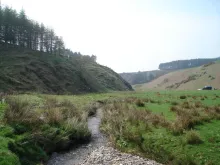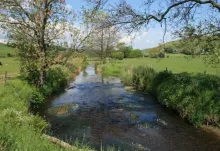Natural Flood Management and Local Authorities in Scotland
Under the Flood Risk Management (Scotland) Act 2009, SEPA is responsible for assessing where natural flood management measures (NFM) could contribute to reducing flood risk and detailing this in flood risk management strategies. Local authorities then have responsibility for identifying how these measures will be implemented in local flood risk management plans.

